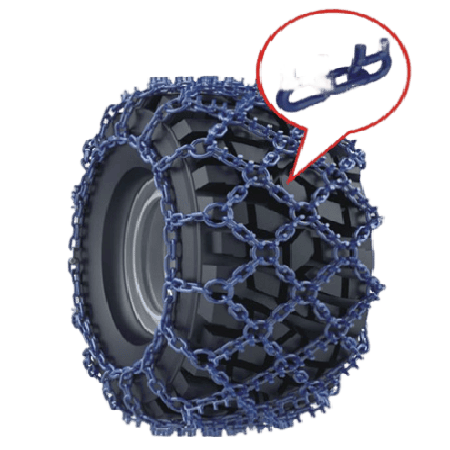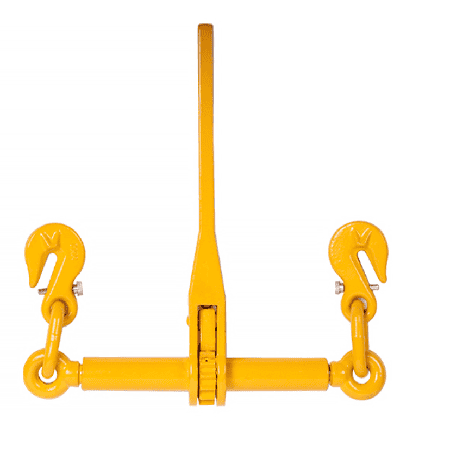Single hook VS. double J hook | Lashing Transport Guide
In logistics and cargo transportation, choosing the right type of hook is crucial. Single J Hooks and Double J Hooks are two of the most commonly used hooks, typically paired with ratchet straps to secure loads efficiently and safely.
But what are the real differences between these two types? Which one is best for your specific application?
What Are Single J Hooks and Double J Hooks?
Single J hook

A Single J Hook is shaped like the letter “J.” One end is the hook opening, and the other end is attached to the strap or metal fitting. It is simple, compact, and easy to install—widely used for light-duty cargo securement.
Double J hook

A Double J Hook has two parallel hook arms. This structure provides greater strength and more balanced force distribution. It is ideal for heavy-duty applications.
Single J hook VS. Double J hook
| Feature | Single J hook | Double J hook |
| Structure | Single arm, compact design | Twin-arm, winder, and more stable |
| Load Capacity | Suitable for light to medium loads | Handles heavier loads with better stability |
| Installation Space | Great for narrow or limited spaces | Requires more space, but a stronger grip |
| Common Application | Small goods, appliances, and light loads | Machinery, vehicles, containers |
How to Choose the Right Hooks?
When selecting the right hook for your ratchet strap, consider these key factors:
① Load Requirements
Match the hook to your cargo’s weight. For example, 25mm webbing usually pairs with single J hooks, while 50mm or wider webbing works better with double J hooks.
② Installation Environment
Use Single J Hooks in confined or narrow spaces. For high stability or outdoor/heavy-duty needs, opt for Double J Hooks.
③ Frequency of Use
For temporary or occasional needs, Single J Hooks are cost-effective. For frequent use, Double J Hooks are more reliable and longer-lasting.
Frequently Asked Questions(FAQ)
Q1: Which type of hook is better for securing heavy equipment?
A: Double J Hooks are the better choice for heavy equipment or bulky cargo. Their twin-arm design provides better stability, distributes the load more evenly, and reduces the risk of hook failure under tension.
Q2: Can Single J Hooks be used with any ratchet strap?
A: Single J Hooks are compatible with many ratchet straps, but it’s crucial to match the hook size and webbing width.
Q3: What material are J hooks made from?
A: J Hooks are usually made from carbon steel or stainless steel, and often treated with zinc plating, powder coating, or electrophoretic coating for better corrosion resistance and durability.
Q4: Is it difficult to install a double J hook?
A: No, as long as you have a compatible anchor point. Double J hooks are easy to install and offer superior strength.
Conclusion
Whether you’re using Single J Hooks or Double J Hooks, understanding their features and selecting based on your real needs is essential. The right combination improves efficiency and ensures transport safety.


